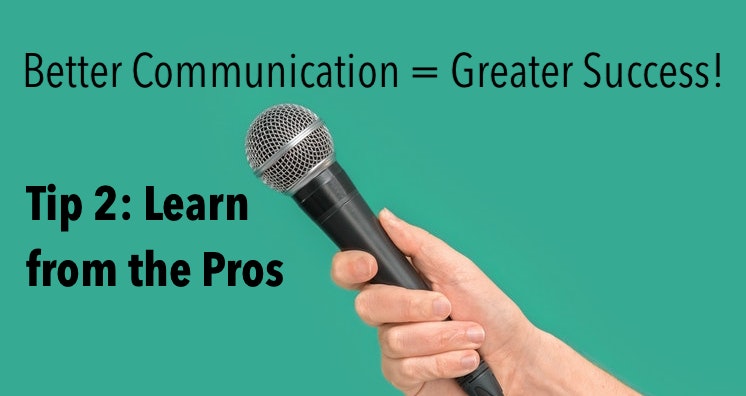
I frequently listen to TED talks. Most are absolutely excellent. The criteria for being allowed to give a TED talk includes being very concise and focused, presenting high value content, and having excellent delivery. Also, I was not aware until recently that transcripts of most TED Talks are easily available and free! I now frequently download the transcripts and study them carefully in cases where I want to better understand and apply the excellent concepts, strategies, recommendations, and wisdom.
In addition to the fascinating and insightful content presented by TED Talk speakers, there is also much to be gleaned from the presentation and delivery of that content. As Michael Thompson suggests in his excellent article on honing your communication skills, one great tool for better understanding the basics of effective communication is “Watching speeches and learning how to dissect them.”
Thompson mentions several of his favorite experts to watch, but notes that “you can’t go wrong by starting with the most popular TED Talks.” The key is to carefully critique the speeches while watching them, taking note of the different aspects and particular techniques of each speech and speaker. Thompson provides a helpful list of questions to keep in mind while watching the videos, focusing on 4 particular areas: introductions, body of the talk, conclusions, and non-verbal communication.
Here are some of the questions Thompson suggests you ask yourself:
- “How did the speaker engage the audience in the introduction? Did their first sentence grab your attention?”
- “Did they lead with a personal story or did they kick off the talk by making a shocking statement?”
- “Which words or phrases did they use when moving from point to point? Did you notice a change in their tone during these transitions?”
- “How often did they pause and why do you think they chose those times to slow down?”
- “Was their conclusion clear, concise, and memorable?”
- “What were they doing with their hands throughout the talk? Were they being used to make gestures?”
- “How did their body language change when they really wanted to drive a point home?”
By not only watching but carefully studying the techniques of public speaking professionals, you will undoubtedly learn and be able to apply practical strategies for more effective communication!
This shouldn’t be just a one-time thing. Make a plan and a habit of carefully watching and critiquing high-value, well-executed video talks—and then every chance you have, apply what you’ve learned!


